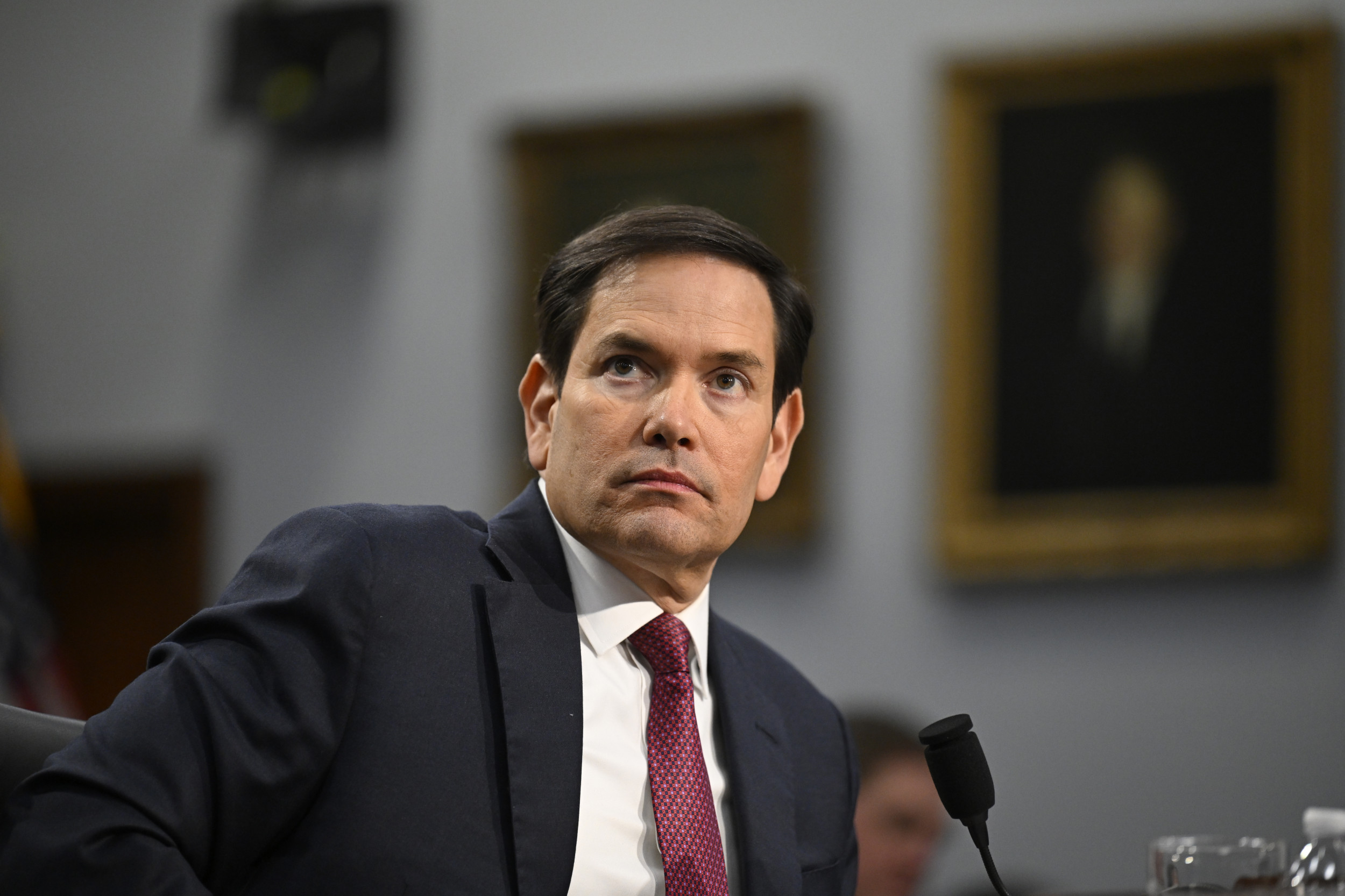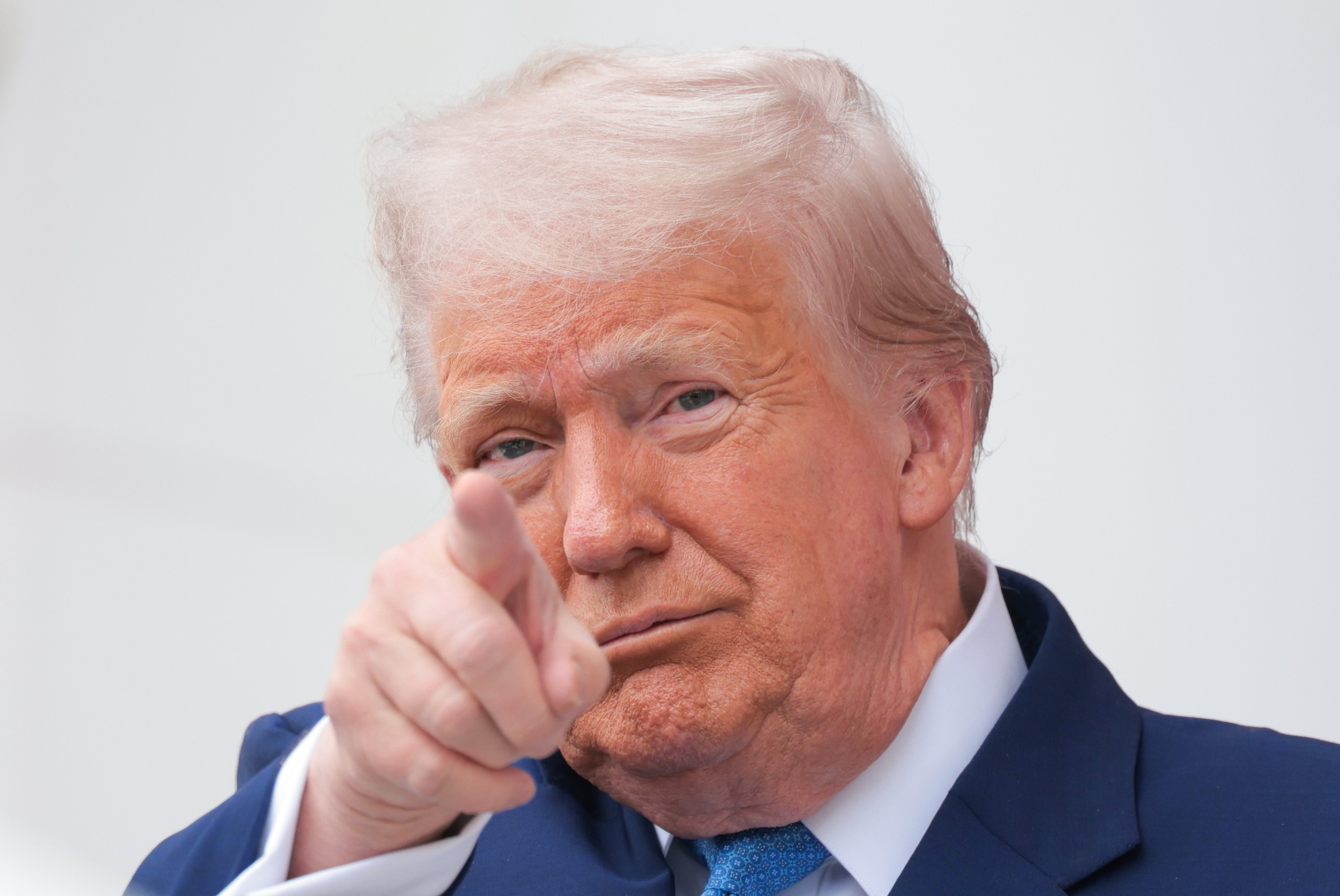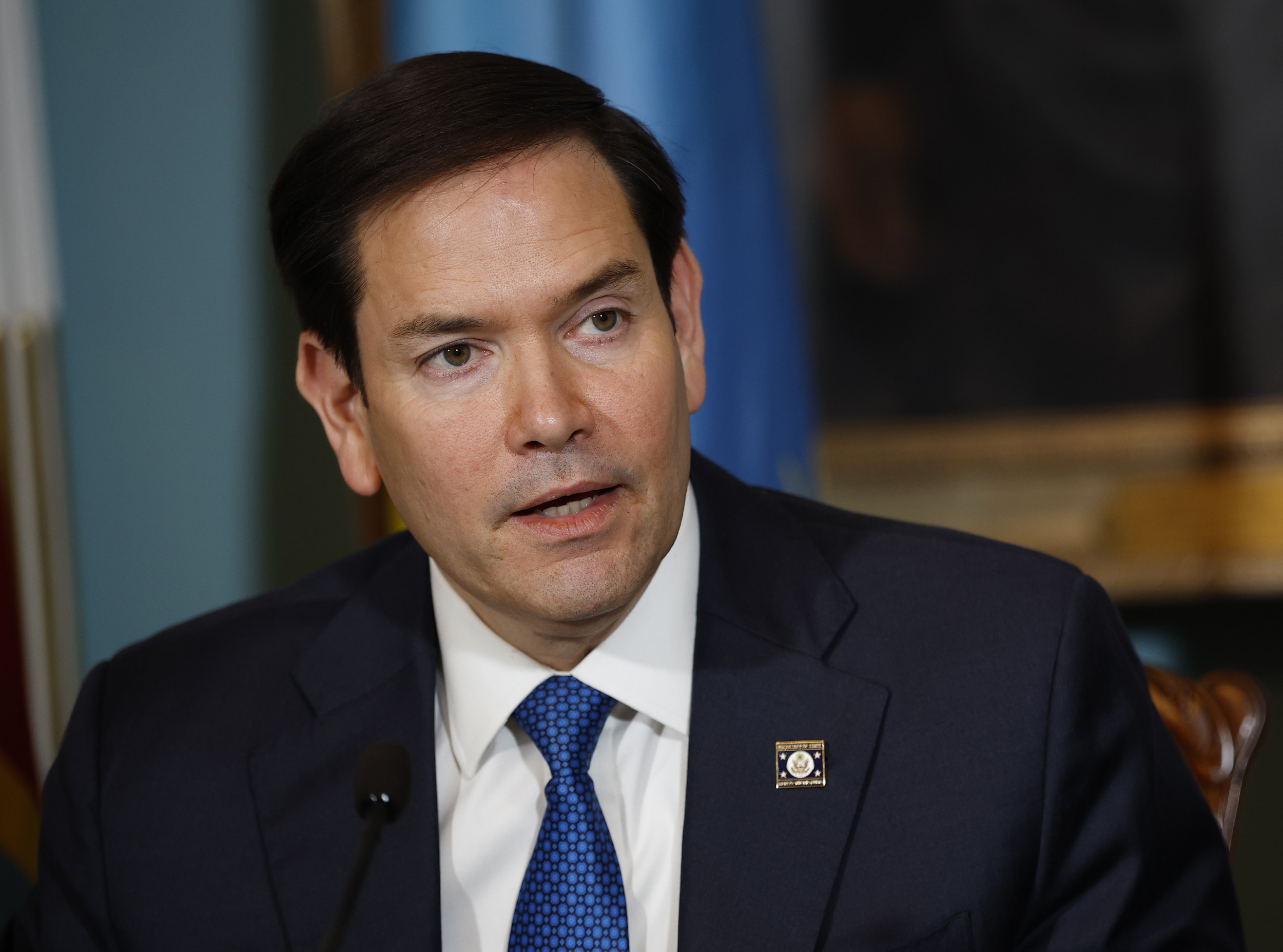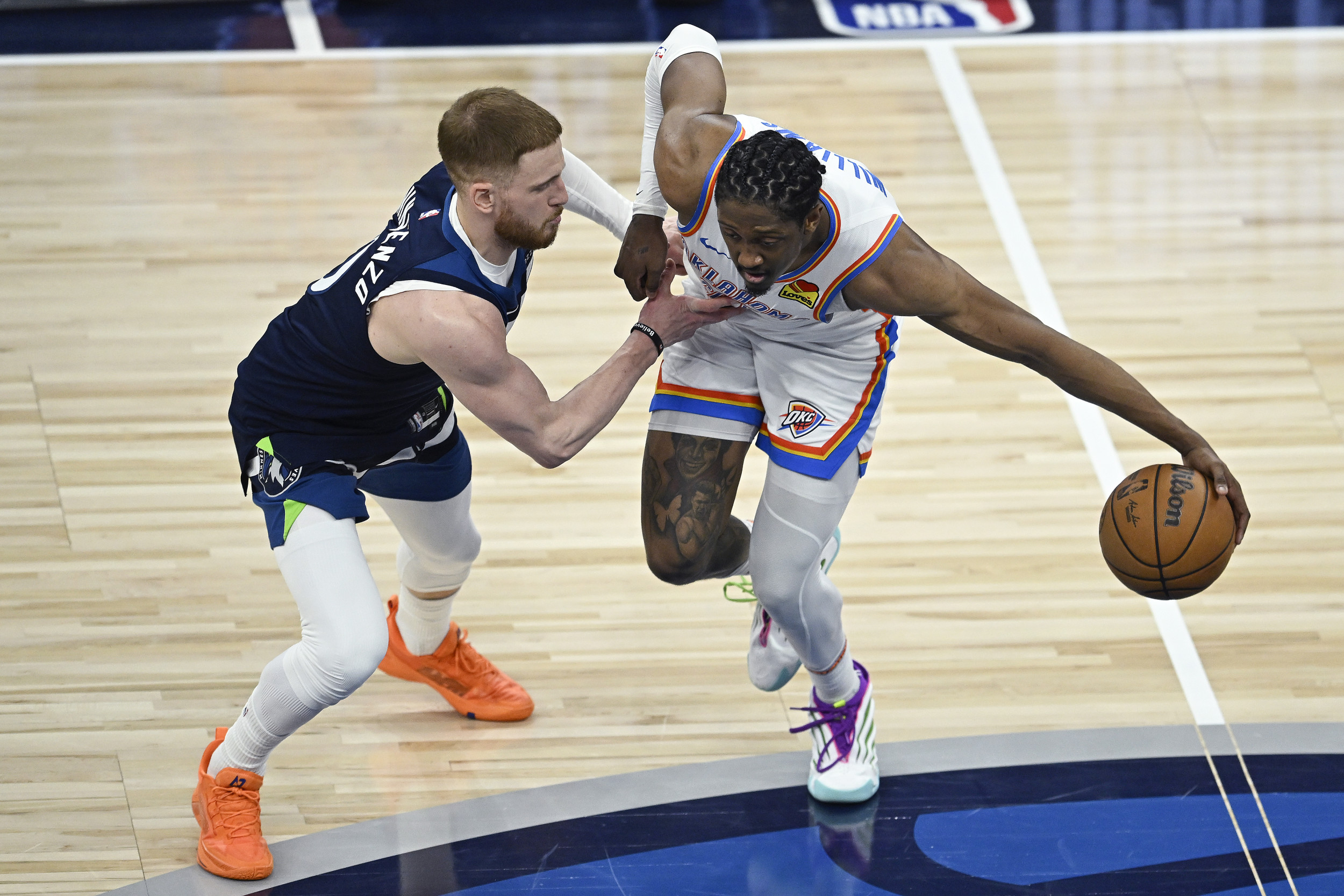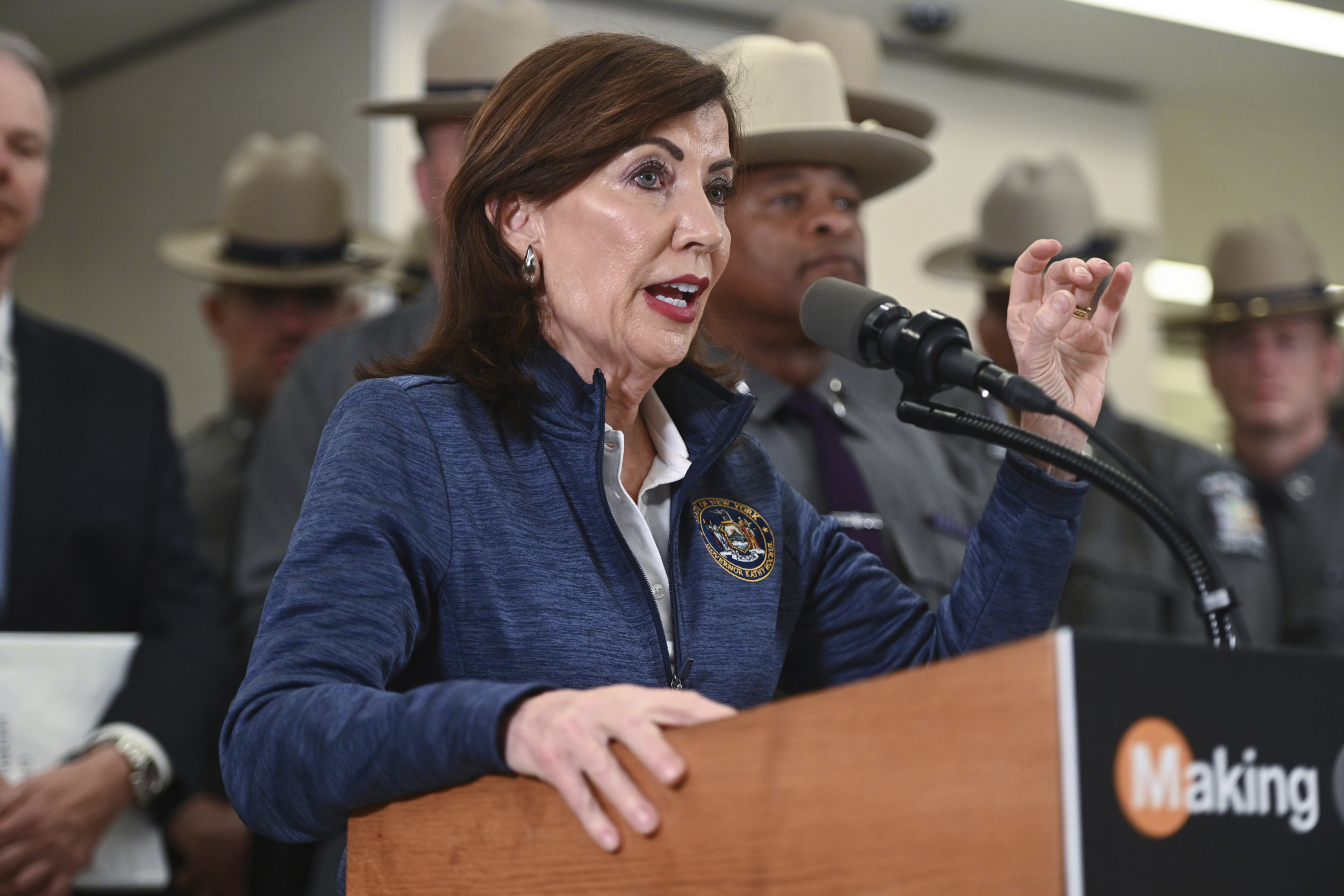
New York Governor Kathy Hochul had a 1 percent lead over Representative Ritchie Torres in a survey of likely Democratic voters in New York City.
Why It Matters
The heavily Democratic city of New York is expected to hold significant influence on the state’s Democratic gubernatorial primary next year. As New York state is also reliably Democratic in gubernatorial elections, whoever wins the Democratic primary is likely to secure the governorship.

Photo by: NDZ/STAR MAX/IPx 2025 5/1/25
What To Know
According to a Honan Strategy Group survey, conducted for the Jewish Voters Action Network, 38 percent of likely New York City Democratic voters would back the incumbent governor in a primary election, while 37 percent would back Torres if the two stood against each other. A further 25 percent said they were undecided.
If Hochul were running against New York Lieutenant Governor Antonio Delgado in a primary, she would garner 42 percent of the vote to Delgado’s 28 percent.
Earlier this month, a Siena College poll found that in a hypothetical primary between Hochul, Delgado and Torres, Hochul would win 46 percent of the vote. Delgado would garner 12 percent, and Torres would win 10 percent.
The poll, conducted from May 12 to 15 among 805 registered voters, also found that Representative Elise Stefanik would lead a potential Republican primary in the state.
It also found that 36 percent of people wanted Hochul to be the next governor. But 55 percent said they wanted “someone else.” The survey marked a decline from Siena’s April poll, in which 39 percent of respondents said they preferred Hochul, and 48 percent said they wanted someone else.
Supposing Hochul and Stefanik won their primaries and faced each other in the general election, the polling organization co/efficient found in a May survey that there would be a statistical tie.
What People Are Saying
Commenting on the survey results, New York State Democratic Party Chair Jay Jacobs, an ally of Governor Kathy Hochul, told the New York Post: “It sounds like a flawed poll. I wouldn’t pay attention to it whatsoever.”
Siena College pollster Steven Greenberg said in a news release: “After hitting year-long highs in both Hochul’s favorability and job approval ratings last month, those numbers largely held constant this month, although Republicans, already very negative toward Hochul, turned even more so on both measurements.”
Denny Salas, a former Washington, D.C., consultant, previously told Newsweek: “Anything can happen in politics, and a Republican like Elise Stefanik could have an opportunity to win in New York. I never buy the inevitability arguments when it pertains to party identification enrollments in a particular state like ours. To win, Stefanik will need to secure 35 to 40 percent of NYC, dominate Long Island, penetrate Westchester, and dominate the rest of New York in the rural areas to defeat Hochul.”
What Happens Next
The candidates and their chances of success will become clearer as the election draws closer. The New York gubernatorial election is scheduled to take place on November 3, 2026.

